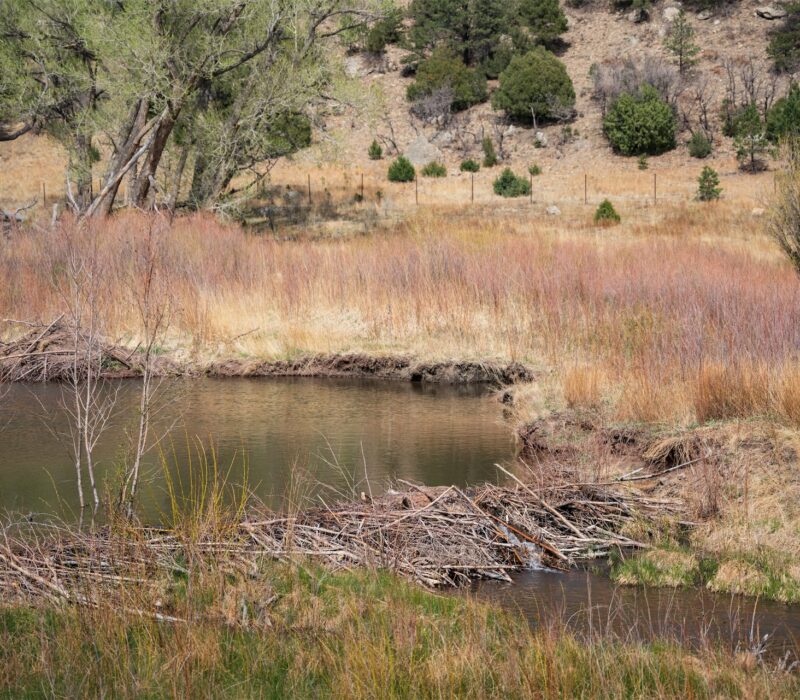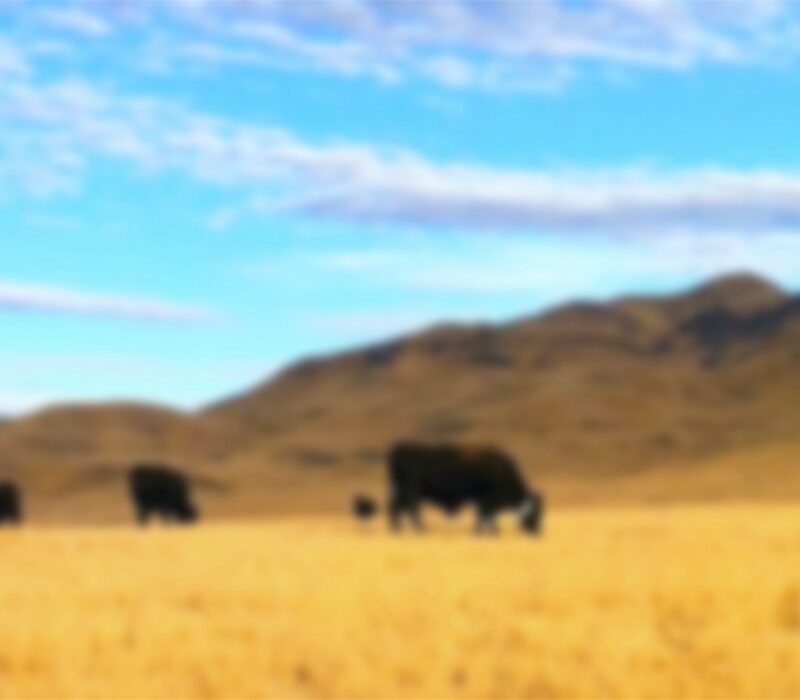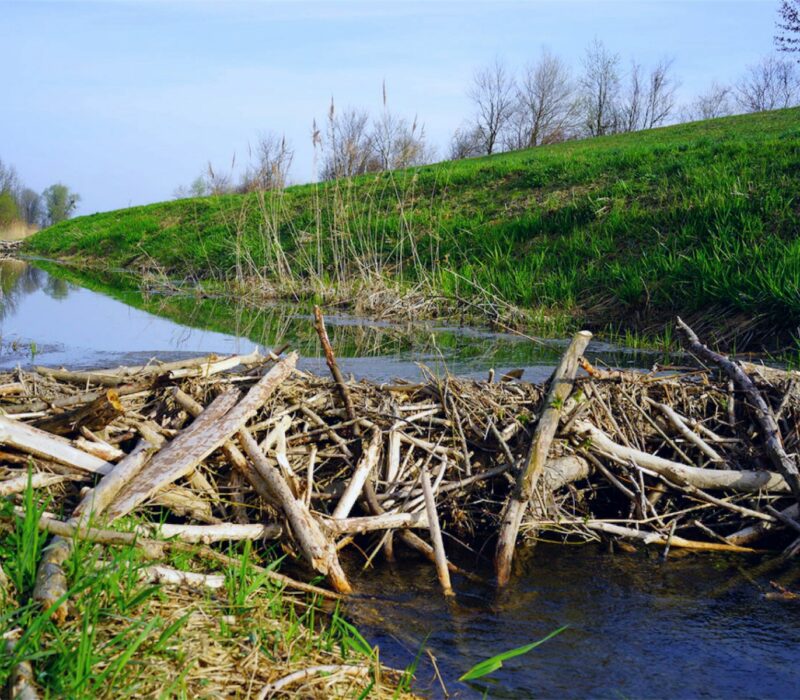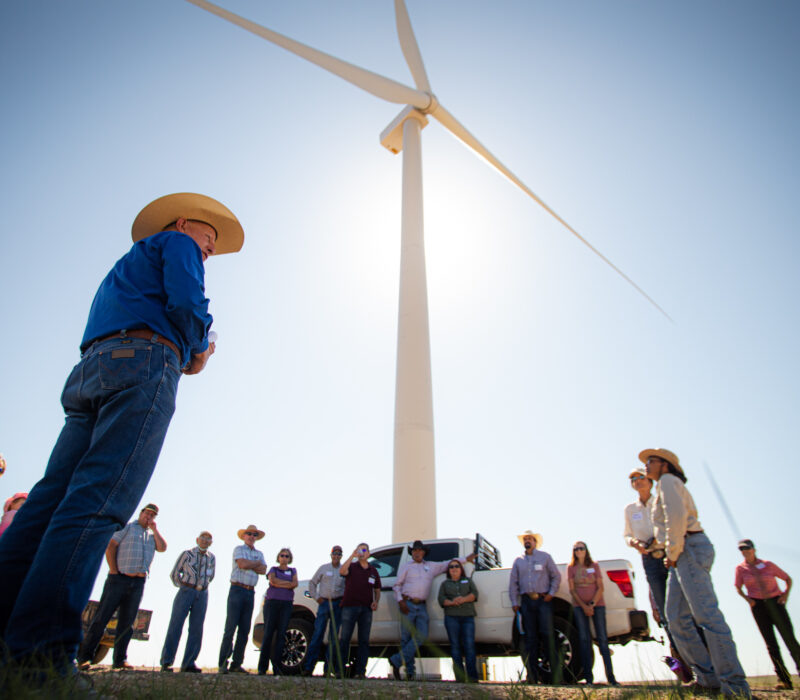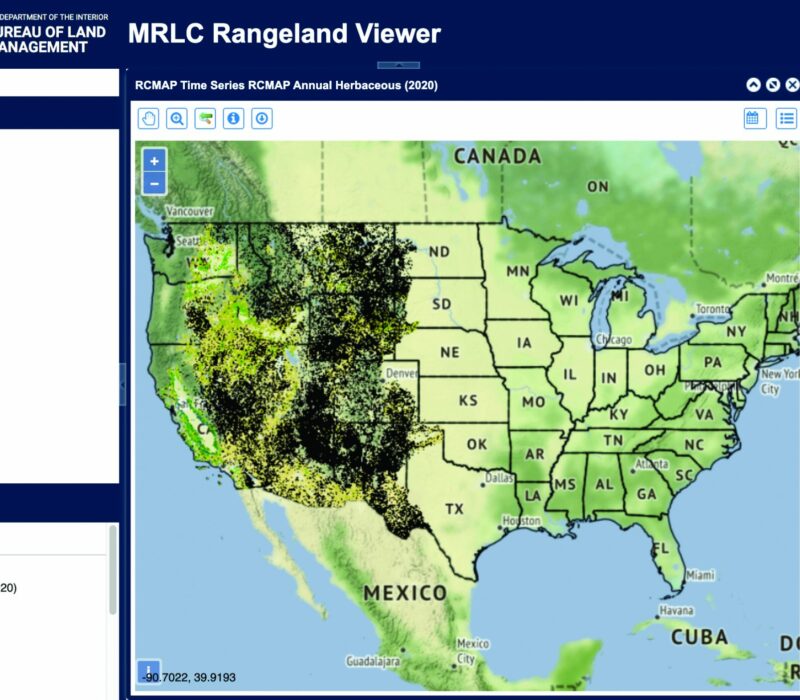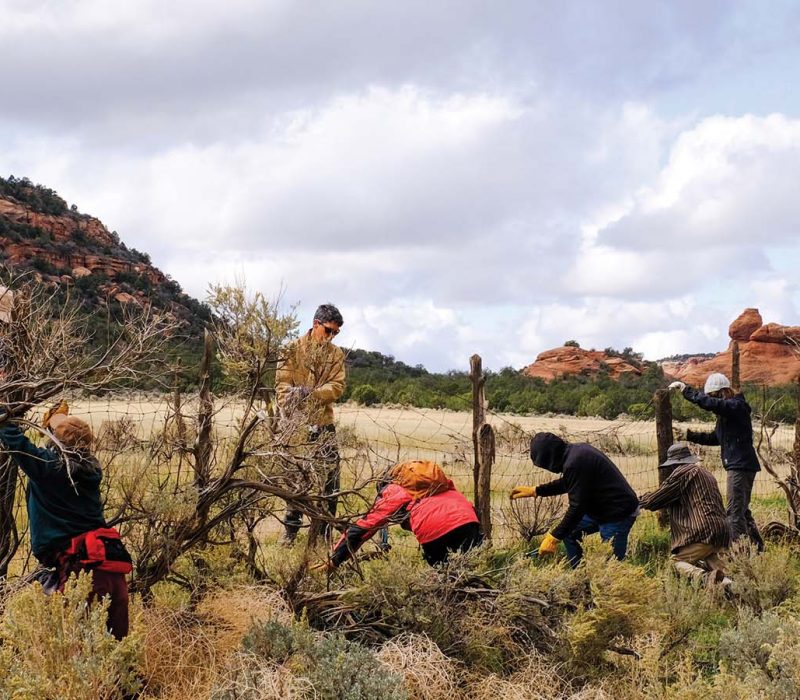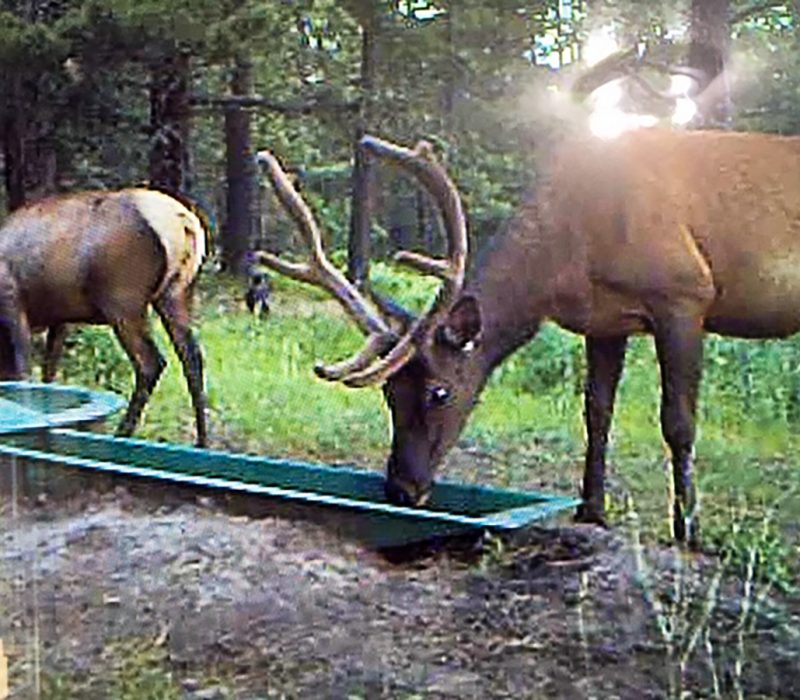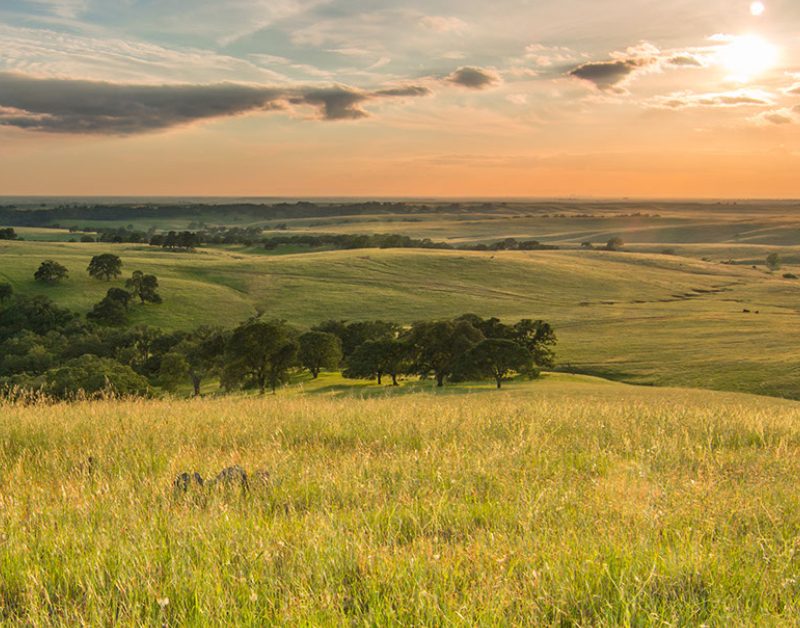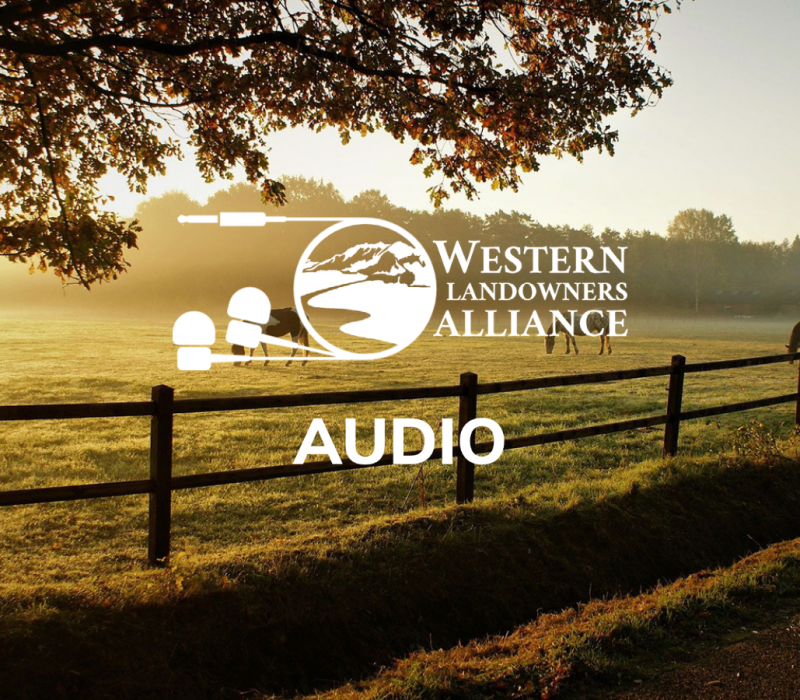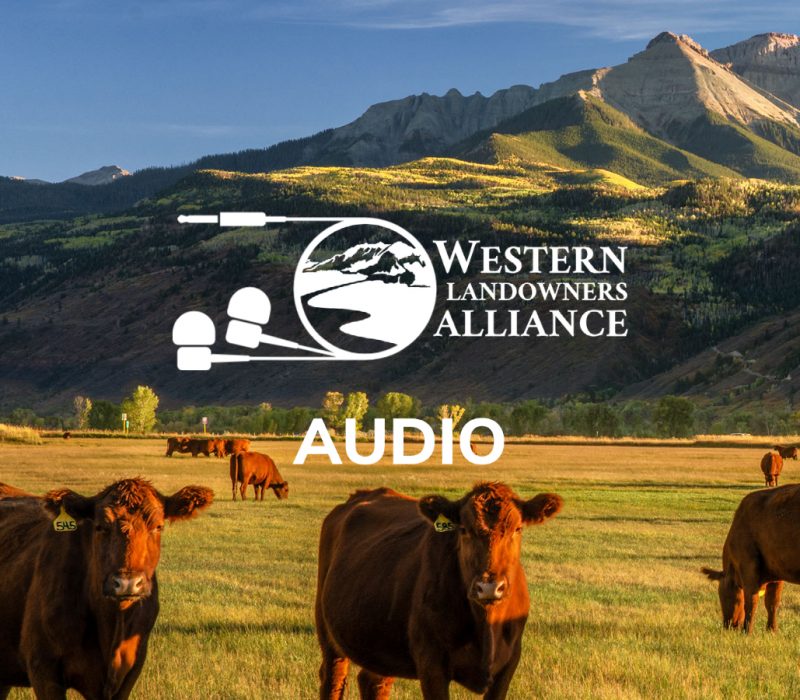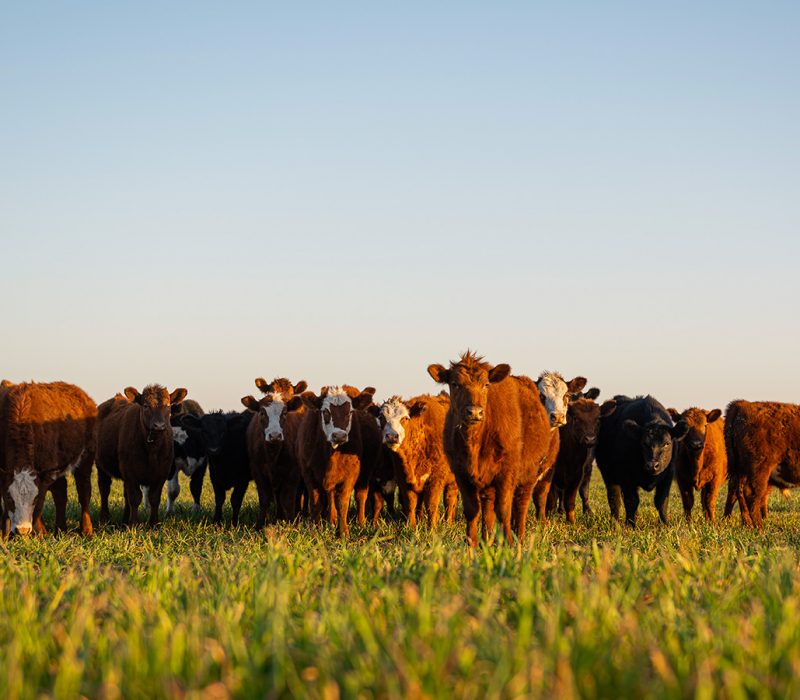Breanna Owens
Breanna (Bre) Owens is a rancher, board president of the California Rangeland Conservation Coalition, and stewardship coordinator for Western Landowners Alliance.
Stream restoration doesn’t have to cost an arm and a leg
Low-tech stream restoration techniques can build resilience against drought, mitigate floods and improve forage quantity and quality, as well as improve riparian wildlife habitat. These simple structures and treatments are
Why we should be grazing that basin in the winter
Cheatgrass, medusahead and other invasive annual grasses are considered one of the greatest ecological threats within the Great Basin and other arid and semiarid regions of the West. In too
How low-tech ecosystem engineers can rewater the West
There’s a good chance that, in recent months or years, you’ve heard the terms aridification and desertification. Aridification is the gradual change of a region from a wetter to a drier
Water and Wildlife on Working Lands: bringing landowners together in the radical center
People meeting on the land for observation, discussion, and community – that was the purpose of a recent series of Water and Wildlife on Working Lands field days, coordinated by
Online Tools for Range Health
Rangeland Analysis Platform RAP quickly visualizes and analyzes vegetation data for the United States. You can use the tool to quickly analyze trends at the pasture, ranch, watershed or beyond. Drawing on
How to collaborate for landscape-scale restoration
What does it take to do restoration at scale, and manage large, multi-jurisdictional landscapes for a suite of ecosystem services? The answer is collaboration. But what makes collaboration successful? Kris Hulvey,
Guzzlers offer simple solution to collect and store water for livestock and wildlife
Guzzlers are devices that catch and store rain and snowmelt for later use by wildlife and livestock. They provide water during typically dry periods of the year or on the
What landowners need to know about Grassland CRP ahead of the August 20 deadline
The Grassland Conservation Reserve Program (Grassland CRP) has undergone some major changes since the passage of the 2018 Farm Bill that increase its applicability to owners of western rangeland. In
Deadline approaching for nominations to conservation district boards and local FSA committees
Recently, our stewardship coordinator Bre Owens had the pleasure of speaking with Wendell Gilgert about two under-appreciated, and time-sensitive, ways for landowners to become leaders of local land stewardship: Serving
Details on EQIP CIC Drought Relief Pilot: Catherine Magee of Oregon NRCS speaks with WLA
The USDA recently announced new funding availability in California, Oregon, Colorado and Arizona under the Natural Resource Conservation Service's Environmental Quality Incentives Program (EQIP) Conservation Incentive Contracts (CIC) in response
Using Low Stress Livestock Handling for Conflict Prevention
Ranching operations use LSLH to meet a multitude of stewardship goals, but one particularly fascinating application is to manage the risks associated with large carnivores on the landscape. Ranchers are


